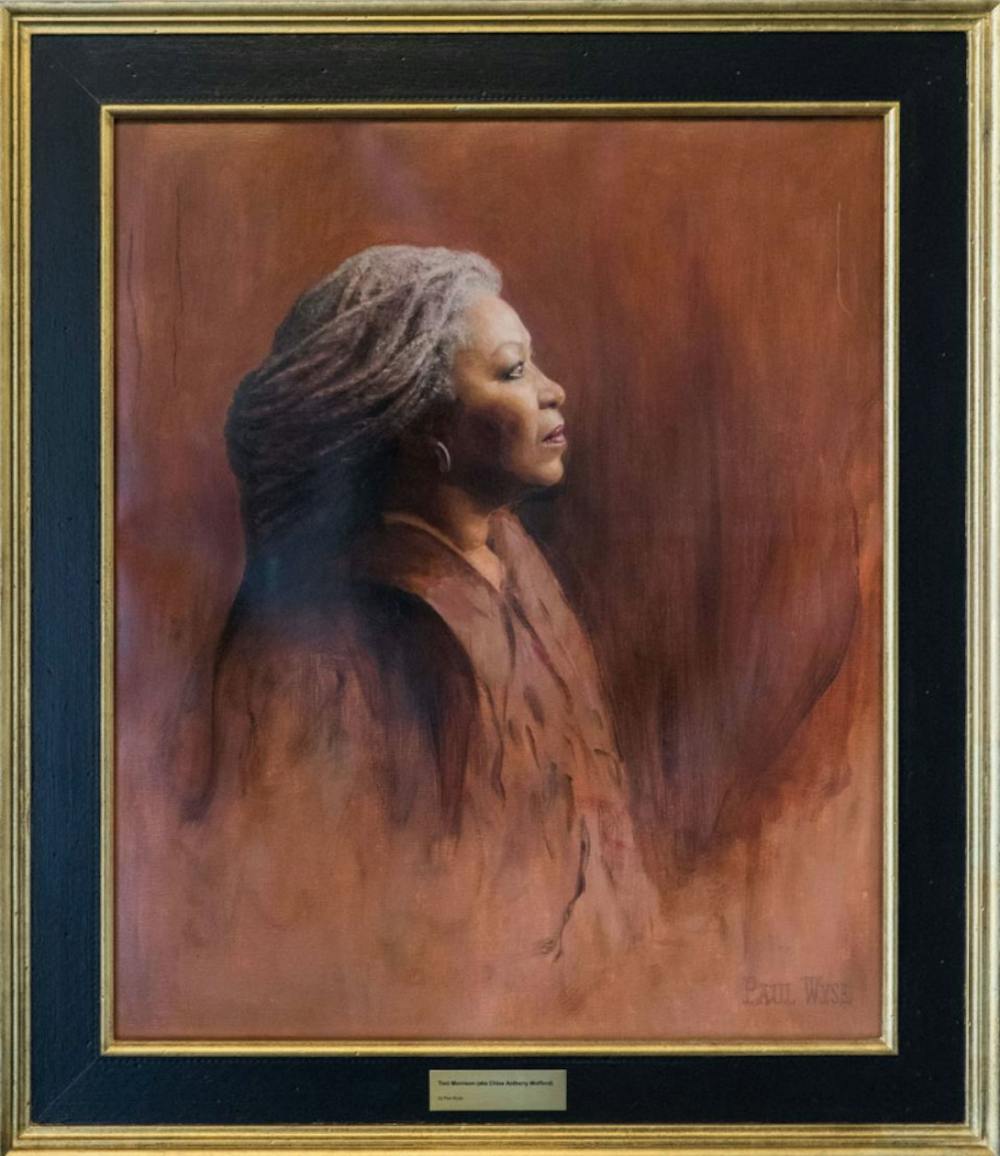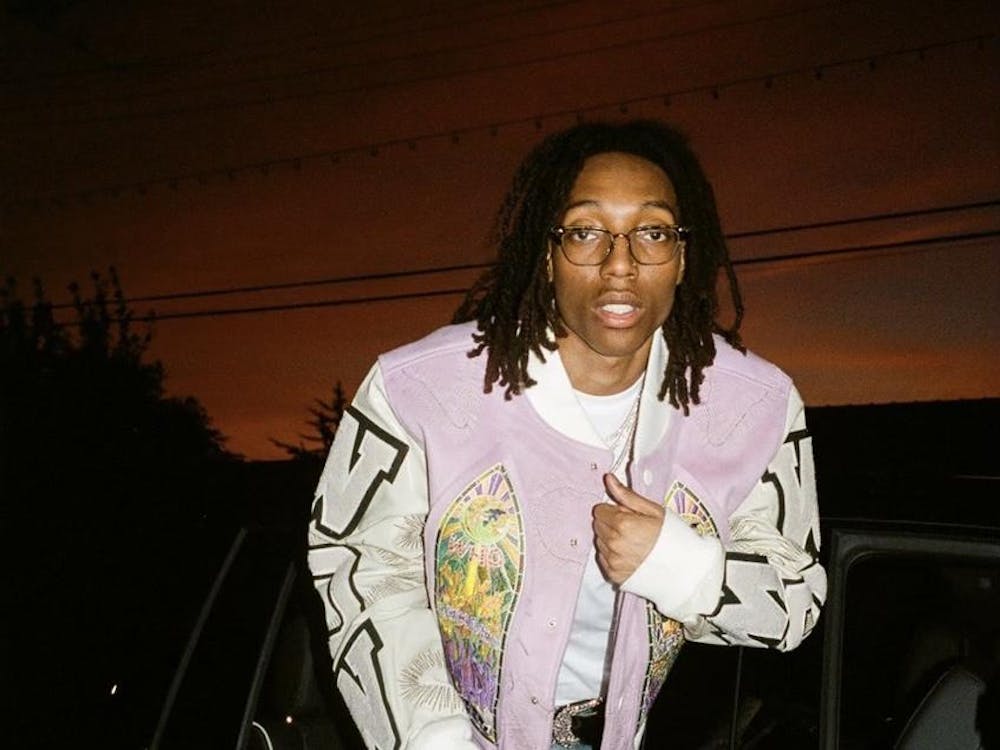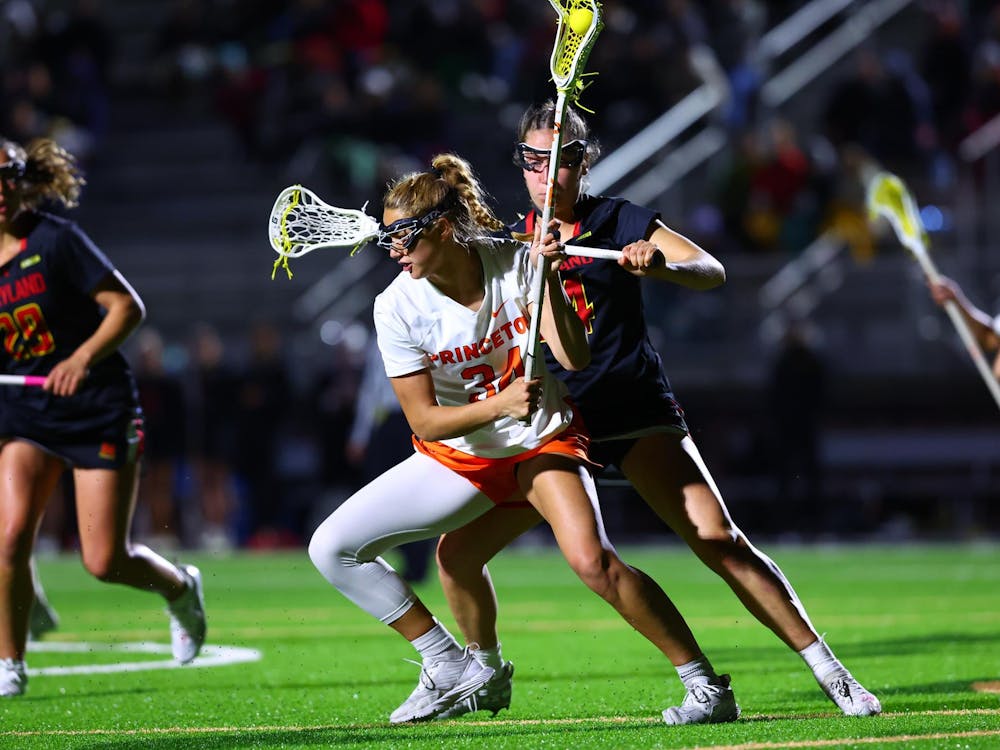Last Thursday, the University announced plans to commission eight new portraits of notable alumni and faculty in an effort to diversify the art and iconography on campus. These portraits are an addition to two portraits, of professor Toni Morrison and the late professor Sir Arthur Lewis, already commissioned last year.
The new portrait candidates are former Senator Bill Bradley ’65, judge Denny Chin ’75, former dean Carl A. Fields, biologist Elaine Fuchs GS ’77, Dr. Robert J. Rivers ’53, former administrator Ruth Simmons, U.S. Supreme Court Justice Sonia Sotomayor ’76, and computer scientist Alan Turing GS ’38.
The portrait candidates were chosen by the Portraiture Nominations Committee, a group of students, faculty, and alumni established last year. The PNC was one of the initiatives of the Campus Iconography Committee created to reflect more diversity in the art that appears around campus.
The PNC met once a month over the course of the school year, reviewing portrait suggestions submitted by the Princeton community, researching potential candidates, and, ultimately, producing a short list of portrait recommendations.
According to committee member Amina Simon ’18, the portraits are “something that should have always been around.”
To Simon, the lack of diversity in the University’s iconography could sometimes make the campus feel exclusionary, or as a space that only belonged to a certain demographic.
“These people are receiving an honor they deserve,” Simon said. “I think it plays a subtle but powerful role in showing what the University stands for.”
Psychology and visual arts student Jessica Zhou ’19 echoed these sentiments, saying that she wants the campus iconography to resonate with students more.
“If anything, it should have been done earlier,” Zhou said.
Zhou is a former design editor for The Daily Princetonian.
Politics professor Amaney Jamal represented one of a diverse range of academic disciplines invited to participate in the PNC, and she emphasized the importance of having a broad range of perspectives.
“These portraits help capture the true intellectual diversity and historical diversity of the institution,” Jamal said.

Jamal also spoke about the kind of politics that surround representation and argued that it’s not enough to just document contributions.
“How those contributions are showcased or staged or packaged really influences the way people might assess other groups’ contributions to society,” Jamal said. “It really diversifies that image.”
Still, these portraits are just a start.
“It’ll be a small drop in the bucket of the work that Princeton needs to do,” Simon said.
Simon also expressed disappointment that the final decision for portraits was not in the hands of the committee.
“While I was able to bring a perspective, ultimately I don’t think I had that much power,” Simon said.
Simon believes the final decisions were made by President Christopher Eisgruber ’83, Campus Iconography Committee co-chair Treby Williams, and provost Deborah Prentice.
Other members of the committee, including English professor William Gleason and University archivist Daniel Linke, were not available for comment at the time of publication.
The University will now go about selecting artists, and the portraits will appear around campus over the next two years.









